The Royal Navy has unveiled a series of futuristic submarine concepts which mimic real marine lifeforms and radically change the way underwater warfare could look in 50 years.
With a crewed mothership shaped like a manta ray, unmanned eel-like vessels equipped with sensor pods which dissolve on demand to avoid enemy detection, and fish-shaped torpedoes sent to swarm against enemy targets, these concepts aim to inspire the world’s future underwater combat environment.
According to the MoD, the UK’s brightest and most talented young engineers and scientists came up with the designs after being challenged by the Royal Navy to imagine what a future submarine would look like and how it would be used to keep Britain safe in decades to come.
Defence Minister Harriett Baldwin said:
“These remarkable designs display the great promise of our young engineers and scientists and the great ambition of the Royal Navy.
This kind of innovation is at the heart of defence and the UK’s world-leading capability. That’s why we are using our rising budget to invest in a raft of high-tech capability to keep our Armed Forces at the cutting-edge, and our £800 million Innovation Fund aims to take advantage of exactly these kinds of futuristic ideas.”
Commander Peter Pipkin, the Royal Navy’s Fleet Robotics Officer, said:
“With more than 70 per cent of the planet’s surface covered by water, the oceans remain one of the world’s great mysteries and untapped resources.
It’s predicted that in 50 years’ time there will be more competition between nations to live and work at sea or under it. So it’s with this in mind that the Royal Navy is looking at its future role, and how it will be best equipped to protect Britain’s interests around the globe.
Today’s Royal Navy is one of the most technologically advanced forces in the world, and that’s because we have always sought to think differently and come up with ideas that challenge traditional thinking. If only 10 per cent of these ideas become reality, it will put us at the cutting edge of future warfare and defence operations.”

The whale shark/manta ray-shaped mothership would be built from super-strong alloys and acrylics, with surfaces which can morph in shape. With hybrid algae-electric cruising power and propulsion technologies including tunnel drives which work similarly to a Dyson bladeless fan, the submarine could travel at unprecedented speeds of up to 150 knots.

This mothership would be capable of launching unmanned underwater vehicles shaped like eels, which carry pods packed with sensors for different missions. These pods can damage an enemy vessel, or dissolve on demand at the end of an operation to evade detection.
 The project, named Nautilus 100, was set up to mark the 100th anniversary of the launch of the USS Nautilus, the world’s first nuclear-powered submarine.
The project, named Nautilus 100, was set up to mark the 100th anniversary of the launch of the USS Nautilus, the world’s first nuclear-powered submarine.

Rear Admiral Tim Hodgson, the Ministry of Defence’s Director of Submarine Capability, said:
“We want to encourage our engineers of the future to be bold, think radically and push boundaries. From Nelson’s tactics at the Battle of Trafalgar to Fisher’s revolutionary Dreadnought battleships, the Royal Navy’s success has always rested on a combination of technology and human skill.
The pace of global innovation is only going to increase, so for the UK to be a leader in this race it needs to maintain its leadership in skills and technology. Hopefully this project has inspired the next generation of British scientists to be bold in their ambitions and I congratulate them for their inspiring work.”
Young British scientists and engineers from UKNEST, a not-for-profit organisation which promotes science, engineering and technology for UK naval design, answered the challenge.
More than 20 of them took part in the project, ‘visioneering’ a new submarine fleet for the future Royal Navy.


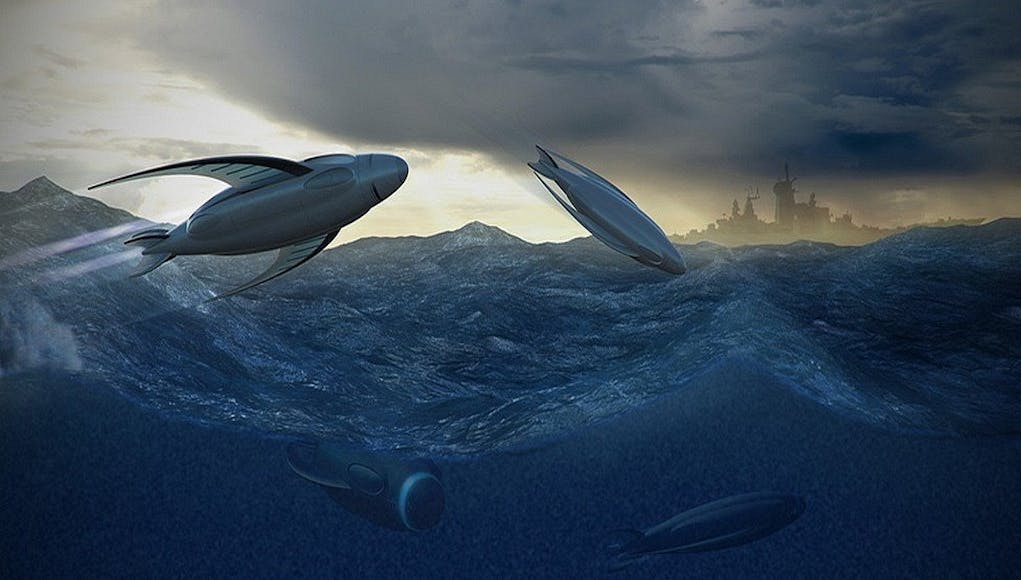


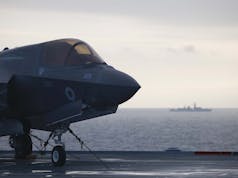
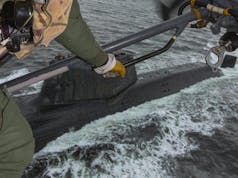

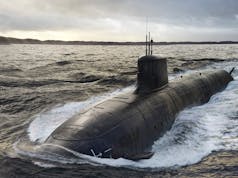


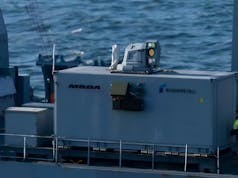


The Manta Ray shaped ones look like the flying sub from ‘Voyage To The Bottom Of The Sea’
I love this, spending taxpayers money to make ? Up.
That’s literally the definition of research. Without it we’d have a navy of paddles and canoes.
Not sure what’s wrong with encouraging innovative design.
It not innovation, it’s pretty pictures and SF, which is fine but not if it costs public money.
Yet some ideas may come from it, which may well repay the investment. It doesn’t say how much it cost. I can’t imagine it’s huge. I might file an FOI request to see what it cost.
That’s actually a good idea re the FOI, always good to keep people honest.
Done the FOI request. Not sure how long it will take ! The last one was a couple of weeks. I’ll post it up once I get it.
Response from the MoD under FOI:- ‘£9600 to date’.
“Today’s Royal Navy is one of the most technologically advanced forces in the world, and that’s because we have always sought to think differently and come up with ideas that challenge traditional thinking.”
I don’t dispute the “one of the most technologically advanced” in some cases e.g. Astute, T45, and the ambition going forward is laudable, but meanwhile back in the real world where it translates into actual deliverables for the RN we are left wondering things like “will T31 be a pimped OPV or not?”. There seems to be such a disconnect between aspiration and reality.
Completely agree, innovation and clever thoughts need to be focused on how to deliver what is needed now and for the next decade or two. Anything beyond that is nothing more than an act of creative masturbation.
Nautilus was commissioned in 1954 (original concept proposed in 1939). The first in duty nuclear sub was 1960. Is the RN targeting 2054 for these designs?
Looks like someone’s been watching too much “The Abyss”.
Great ideas… now back to reality. HMS Ocean is being sold off to the Brazilians without replacement, we will have no anti ship missiles on our aircraft or ships for between 10 and 12 years after Harpoon is withdrawn from service without replacement.
We only have 19 frigates and destroyers with no sign of any intention to increase the size of our fleet from the woeful inadequate current numbers. We need between 26 and 30 high-end frigates and destroyers just to meet our current operational commitments.
We have inadequate numbers of F35B’s being purchased and a slow rate of introduction to armed forces service- an active fleet between 96 and 135 aircraft is needed.
No replacement for RFA diligence
etc
etc
etc
We’ll develop the ideas then baulk at the costs and someone else will move in, take the idea and sell it for their own profit. Same old same old.
It’s Stingray!!!!
and the bad guys.
dreams really can come true!
Calm down. How do you know there will be a gap of over a decade with no ASM? An interim solution is possible before Perseus arrives. The US are working on both LRASM and an anti ship version of Tomahawk and the NSM is also available. We are getting six type 31 so there is an intention to increase escort numbers. We can not crew 30 high end destroyers or frigates. An active fleet of 70 F-35B is all we will get as that is what you needed for four frontline squadrons and an OCU plus sustainment fleet. the RAF does not have the manpower to stand up anything beyond seven fast jet squadrons (5 Typhoon + 2 F-35B). Even if another squadron can be squeezed from the available manpower pool, a fleet of eighty active airframes would cover it. The rest are replacements of early builds and attrition losses. You are right about Diligence. So far there is no replacement but there is a new programme looking at the replacing the LPDs and possibly both Diligence and Argus with a common hull type. I think part of the problem with Diligence was crew related as well, if that’s the case we could have mothballed her.
How big is this mothership? Could you imagine a battle between a fully armored Manta Submersible against a gigantic Sub-tank fortress?!